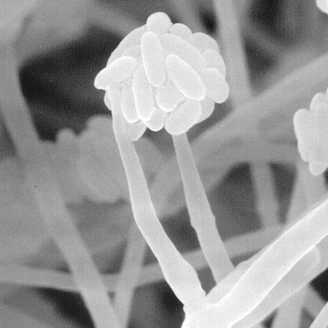
Abteilung
"Molekularbiologie und Physiologie"
des Albrecht-von-Haller-Institutes für Pflanzenwissenschaften
Mitglied des Göttinger Zentrums für
Molekulare Biowissenschaften
| Home | |
| Institut | |
| Abteilung | |
| Forschung | |
| Lehre |
|
| Forschergruppe | |
| Links | |
| Stellenangebote | |
| GZMB | |
| Wegweiser | |
| Stadt Göttingen | |
| English | |
| Förderung | |
|
Regulation of gene expression in response
to Verticillium longisporum
|
|
As
primary producers of organic
matter, plants constitute an attractive The Verticillium research unit, which consists of 9 partners of the Georg August University Göttingen, has chosen VL as a common experimental system to address the question how plants can sense and react to foreign organisms in the xylem and how micro-organisms adapt to the growth conditions inside the plant. The interaction is investigated using the different expertise of laboratories working in the fields of biochemistry, cell biology, molecular genetics, plant physiology, plant pathology and microbiology. The common research objectives of the Verticillium research unit are:
PhD students: Hella Tappe
(2004-2008), Anjali Ralhan (since 2008) Publications:
Tappe et
al. 2008 (submitted) Link to the research group FOR546 (http://www.ubpb.gwdg.de/~forschergruppe) |
|
|
| Home| Institut| Abteilung| Forschung| Lehre| Interna| Stellen| GZMB| Wegweiser |
Bei technischen Fragen und Problemen bitte e-mail an den Webmaster
